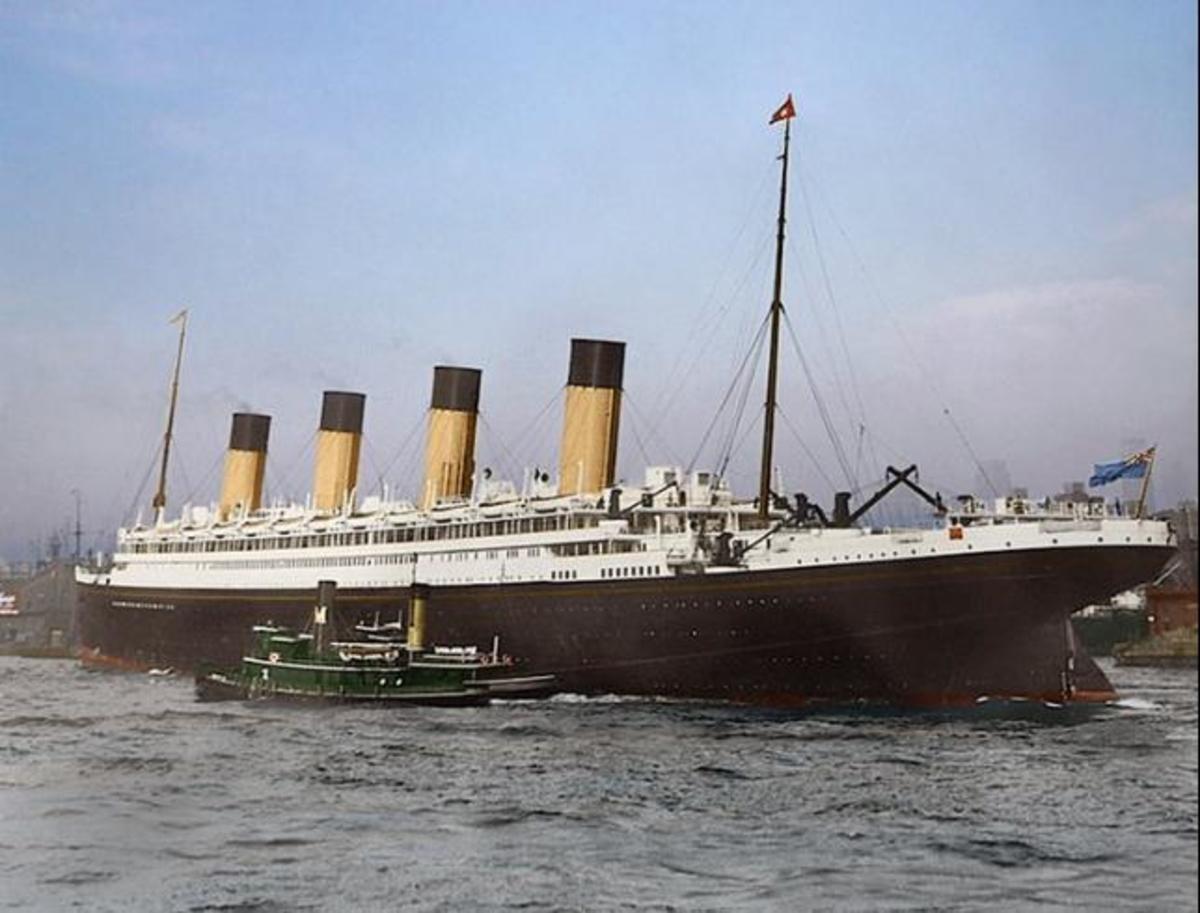Environmental Aspects
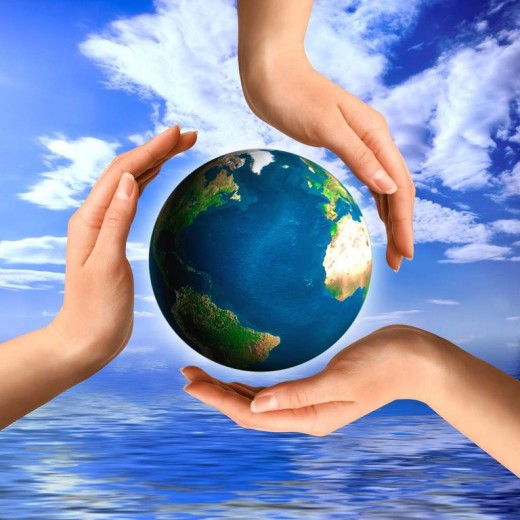
What is happening to this planet?
Nature provides us with everything we need to live. We use every natural resource. But are we using it economically? Human beings have become greedy towards development. So, they are using the natural resources indiscriminately. But does acting for deforestation, raising lot of industries which produce pollution, releasing green house gases into atmosphere come under development. We should think about this aspect, and act accordingly to save our planet in order to save our mankind and all other living organisms.
Decreasing forests:
We need forests for our development 33% of forest area can provide sufficient oxygen. We will have sufficient drinking water and proper agricultural development. But our nation has only 19% of forest area. To this, we are cutting down every year, lot of forests destroying our own future.
Uses of forests:
- We get wood, fuel, paper, fruits, honey, silk, cotton, medicines, fodder for cattle etc.,
- Forests give shelter for different kinds of wild animals and birds.
- They prevent soil erosion.
- Lessen the dangers of floods.
- Protect the soil and mangroves protect the seas from Tsunami.
- Social forests balance the CO2 and O2 ratio.
- Tourism develops due to beautiful, dense forests.
Reasons for the destruction of forests:
- Population explosion.
- Deforestation
- Deforestation to construct dams.
Disadvantages of deforestation:
- Decrease in rains.
- Water inside the earth decreases.
- Soil erosion takes place.
- Fertile soils gets flooded with the flood waters.
- Atmosphere gets more hot due to increase of CO2.
- If the mangroves get destroyed, natural calamities like Tsunami hit more effectively.
Why are agricultural products decreasing?
- World population crossed 600 crores. But the size/ area of the earth doesn't increase, for the growing population
- Food production/ agricultural land is decreasing. As a result there is lack of enough food supply for the growing population. Famine strucks more often.
- Use of excess water, fertilizers, pesticides for agriculture.
- Fertility of the soil is decreasing.
- Change in the climate.
Why are sea resources decreasing?
- The wastes of industries pollute all the rivers of the nation.
- When there is an accident during the transport of oils in the sea, these oils mix with sea water. Due to this, the sea animals are dying.
- Due to excess fishing, some species of fishes are going extinct. Ex: Halibal, Solmanspecies.
Effect on economic growth:
- He will lose medicinal plants and living species of organisms if forests are decreased.
- Forest products like fruits, medicinal herbs, honey, lac, gum etc., will decrease.
- Cost of living will increase due to low supply of food grains.
- Cattle and domestic animals will not get enough fodder.
- Due to lack of rains, there will be over all decrease in agricultural production.
Renewable-Non-renewable energy resources
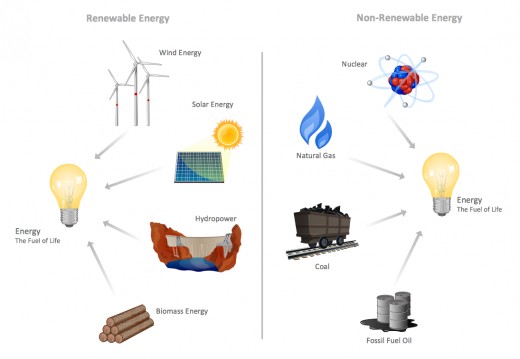
Rehabilitation:
As a result of the stupidity of human beings, environment is lot polluted. Ecological imbalance is leading to so many problems. In situations like floods, people are rehabilitated. The factories which give out lot of smoke, polluting the environment should be shifted. How can we rehabilitate the valuable forest wealth, wild life and human health, if they are totally lost? Everyone should think about this and take necessary measures.
Rehabilitation is not only shifting the people to another place, from the problem. It is to shift them to a safe place and see that there is good opportunity for better living.
Shortage of Fuel in Cities and villages:
Any developing country needs energy resources. Energy has occupied a prominent place since Industrial Revolution. There are two kinds of fuel resources.
Non-renewable energy resources: These are non- renewable resources.
e.g.: Wood, coal, Petroleum, natural gas, oil, uranium and thorium.
Renewable energy resources: They doesn't get diminished when used.
e.g.: solar energy, wind energy, sea- wave energy and heat energy from under the earth (Geo thermal energy).
We have been using the fuel resources indiscriminately. In agricultural, industries, transport and also in our houses, we utilize resources without caution or care.
- Production of hydro- electricity decreased due to less rainwater in the rivers.
- Production of thermal - electricity will decrease if the coal stock reduces.
- So, we have to use the existing resources economically.
- We must take efforts to increase the use of non- conventional fuel resources.
Green House Effect and Global warming
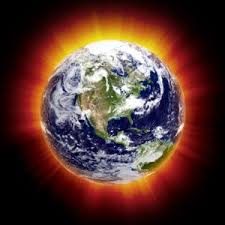
Green House Effect and Global warming:
Green house Effect:
- Gases like CO2, NO2, CFC's methane etc. are called green house gases. They warm up the earth.
- They from a layer at some height over the earth... trap the heat from the sun and increase the ground level temperature of the earth. This is called greenhouse effect.
How are these, green house gases produced?
- When fossil fuel is burnt, CO2 is released.
- When electricity is produced from coal and when fuel is burnt in industries, CO2 and NO2 are released.
- Machines that cool, furnaces that melt metals, rockets and automobile machines release a lot of hydro- carbon gases.
- Over use of pesticides and chemical fertilizer releases chlorofluorocarbon and methane gases into the air.
- Jean Baptiste fourier was the french scientist, who spoke about the green house effect in 1827.
Global warming:
The main cause of global warming is the release of green house gases, population explosion, growth of industries and deforestation.
Results of global warming:
- The snow at two poles melts. Then the sea levels rise and low- lying coastal areas are submerged.
- Sea waters enter rivers forming saltwater lagoons.
- There are atmospheric changes, resulting in untimely rains. Sudden rise and fall in temperature lead to the birth of new viruses, bacteria and pathogens. Diseases like Malaria, diarrhoea and dengue spread.
- In some countries, drought and famine conditions prevail, due to scarcity of water.
Actions to be taken to minimize global warming:
- Grow trees in vacant places. Grow social forests and protect them.
- Take steps to promote abundant growth of phytoplankton plant species in marine water. They reduce CO2 in the atmosphere. Then the warming of the earth is reduced.
- Warming of the ozone layer also leads to global warming. So, take steps to reduce chlorofluorocarbon that destroy the ozone layer.
- Restrain industries and motor vehicles that emit green house gases such as CO2 and NO2 into the atmosphere. Fitting catalytic converters to vehicles separates nitric oxide into nitrogen and water.
- Propagate the use of vermi- compost and organic manures instead of chemical fertilizers in agriculture. There is a need to convince farmers that they need to shift to the use of neem, garlic and chilli based pesticides instead of chemical pesticides.
Depletion of Ozone layer
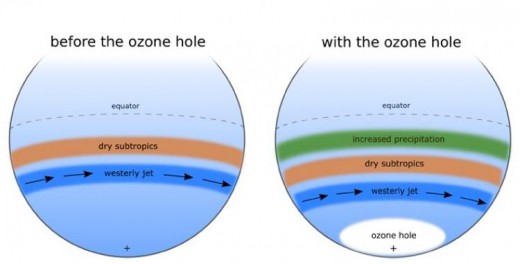
Depletion of Ozone layer:
The layer of air around the earth is atmosphere, which reaches up to 1000 Km, above the earth's surface. This is divided into five spheres. (1) Troposphere (12 Km) (2) Stratosphere (45 Km) (3) Mesosphere (80 Km,) (4) Ionosphere (400 Km) (5) Exosphere.
Ozone layer:
- Ozone gas is produced due to the effect of the ultra violet rays of the sun on the oxygen atoms in the stratosphere.
- It is shown by the symbol O3.
- It is light green in color.
- This Ozone layer, is at a height of 35 Km from the earth, in the stratosphere.
Functions of ozone layer:
- This functions as a shield to the biosphere.
- It stops the dangerous ultraviolet rays of the sun and protects the earth.
The thinning of the ozone layer: Active causes:
- Nitrogen oxides are released from vehicles, industries and supersonic jet aeroplanes. These gases reach the stratosphere and weaken the ozone atoms and the ozone layer gets thin allowing harmful UV(B) rays to reach the ground level.
- Chlorofluorocarbon (CFC's) used in refrigerators, air-conditioners, foam-blowers and aerosols (called freons) halons used in fire extinguishers destroy the ozone atoms and ozone layer gets thin and harmful UV rays reach the earth.
Now a days we get substances that cause lesser damage to the ozone layer. We should use them. - Indiscriminate use of chemical fertilizers and pesticides in cultivation for high yield. The CFC and methane released from them contribute to the thinning of the ozone layer and harmful UV rays reach the earth.
What happen if the ozone layer gets thin?
- Plants turn into a very easy prey for pests.
- Unicellular water plants die. With that, the food chain is broken and the Eco system is destroyed.
- Human beings lose immunity and become prone to diseases. They suffer from skin diseases, including skin cancer.
- Eyesight is affected and cataracts appear.
- Marine life is destroyed.
Changes in Temperature:
The environment of any area is dependent on the soil, water, trees and the surroundings of the area. The ever-growing road and house building activity and the factories in an area cause subtle changes in the atmospheric temperatures of the cities. Big cities change the landscape and also cause several alternations in atmospheric temperatures.
Hot places in Andhra
- Ramagundam
- Visakhapatnam
- Kakinada
- Tirupati
- Kadapa
- Kurnool
Cool places in Andhra
- Tirumala
- Nallamala forests
- Vizianagaram
- Srikakulam
Acid Rain Formation
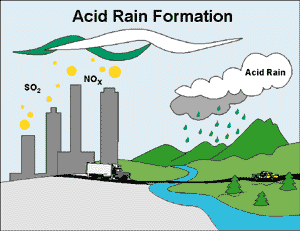
Acid Rain:
The SO2 and NO2 released by the factories and vehicles, travel thousands of kilometers in the air and get dissolved in rainwater, turning into sulfuric acid and nitric acid to fall on the earth along with the rain. This is called "Acid Rain"
- Robert Endurs spoke about acid rain in 1872.
- The PH value of this rain water ranges from 1.5 to 5.0
- It is not necessary that the acid rain should shower in the form of water. It may be in the form of dew, fog or frost.
There are two kinds of acid rains:
Wet acid rains: Sulphur dioxide and nitrogen oxide undergo chemical reactions and they hold on to water vapor in the atmosphere to shower as wet acid rains.
Dry acid rains: If the SO2 and NO2 hold on to the dust particles, they convert themselves into nitrates and sulphur. These dust particles eventually settle down on the earth and mix with the soil. These are called dry acid rains.
Effect of acid rains:
A. Effect on aquatic life: As the acidity of water on the earth increases, the aquatic life in the tanks and lakes is affected. Micro organisms, fish and other aquatic life forms die in such water. Similarly, the bacteria that disintegrates the biomass in the water and the algae living in the aquatic environment die, resulting in the breaking up of the food chain.
B. Effect on plants: Photosynthesis in plants doesn't occur properly due to acid rains, resulting in yield reduction. Due to acid rains, several lakhs of acres of forest is destroyed. Acid rain increases the acidity in the soil layers, making the land unfit for cultivation. Due to this, the plants don't get proper nutrients like calcium, iron and magnesium and plant health is affected, valuable artifacts, statues, bridges, fencing wires, rail tracks and precious buildings also become victims of acid rain.
Natural Calamities
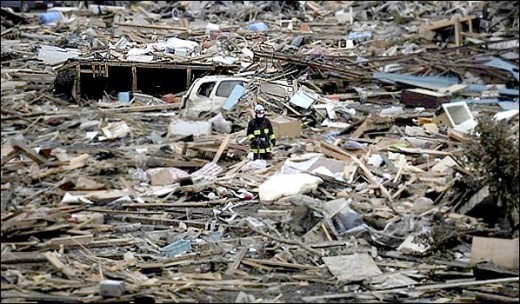
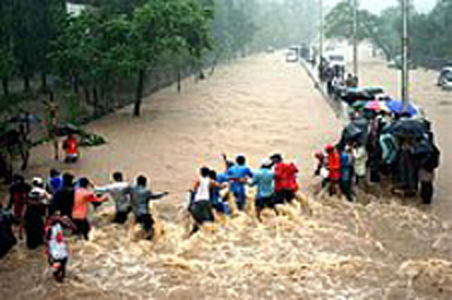
Natural Calamities
Caused by nature: Earth quakes, storms, floods, drought and famines, heat waves, cold winds, El Nino, La Nina and Tsunamis are all natural calamities.
Caused by our actions: Environmental harms caused by human errors. Pollution, wars, decrease in rains, global warming etc..,
El Nino: It is a natural calamity causing scanty rainfall and drought and famines.
La Nina: It is a natural calamity causes heavy downpour (floods) washing away villages and cities.
Measures to be taken:
- Predicting the calamity that is likely to occur, estimating the loss and planning what needs to be done, in advance.
- Sending warnings to the people.
- Steps should be taken to force people to follow the warnings.
- Steps should be taken in time to prevent loss of life.
- Emergency plans should be made.
- Implementation of emergency measures should be closely supervised
You Might Also Like
- Cycle of Carbon, Nitrogen, Oxygen and Hydrogen
Innumerable kinds of plants and animals are found on earth which is different from each other in shape, size and structure. All these are basically made up of carbon, nitrogen, oxygen and hydrogen. Animals get these elements from nature only. The... - Some Environmental Problems
The growing human population has adversely affected the environment in various different ways. The demand for resources increases with the growth in population. To meet those demands, human beings never hesitate to exploit the environment. - Environment - Air Pollution
Air not only supports the human life but is also essential for the survival of plants and other animals. Polluted air can cause many disease such as cancer and lung malfunctioning. The main pollutants of air are the smoke, dust, ash, pollengrians,... - Environment - Water Pollution
The earth, from a spacecraft, looks blue, because its two third parts is covered with water. This part is called hydrosphere hydro means water and sphere means region. Water is elixir of life. Neither plants nor animals can survive without it. ...




